Progress Lighting 5-Light 21-1/2 in. Farmhouse Chandelier with White Textured Linen Drum Shade and Antique Bronze Light Cluster
Antique Bronze Modern Farmhouse chandelier light. Ideal for Foyer, Dining Room, Living Room. Uses 5 candelabra base incandescent or LED bulbs (not included).
Casual with a contemporary flair, this charming chandelier is perfect over breakfast or diming table. A smart drum shade add distinction and provides pleasing illumination to your room. Use as a standalone style or coordinate with the Gather or Inspire collection from Progress Lighting.
- Antique bronze finish
- White linen shade provides pleasing illumination
- 21-5/8 in. Dia x 21-1/8 in. H
- Uses (5) 60-Watt candelabra bulbs (not included)
Additional information
| Chain Length (in.) | 42 |
|---|---|
| Fixture Depth (in.) | 21.63 |
| Fixture Height (in.) | 21.13 |
| Fixture Weight (lb.) | 10.94 |
| Fixture Width (in.) | 21.63 |
| Maximum Hanging Length (in.) | 66.125 |
| Mounting Deck Height (in.) | 1.6 |
| Mounting Deck Width (in.) | 5.19 |
| Manufacturer Warranty | 1-year Limited Warranty |

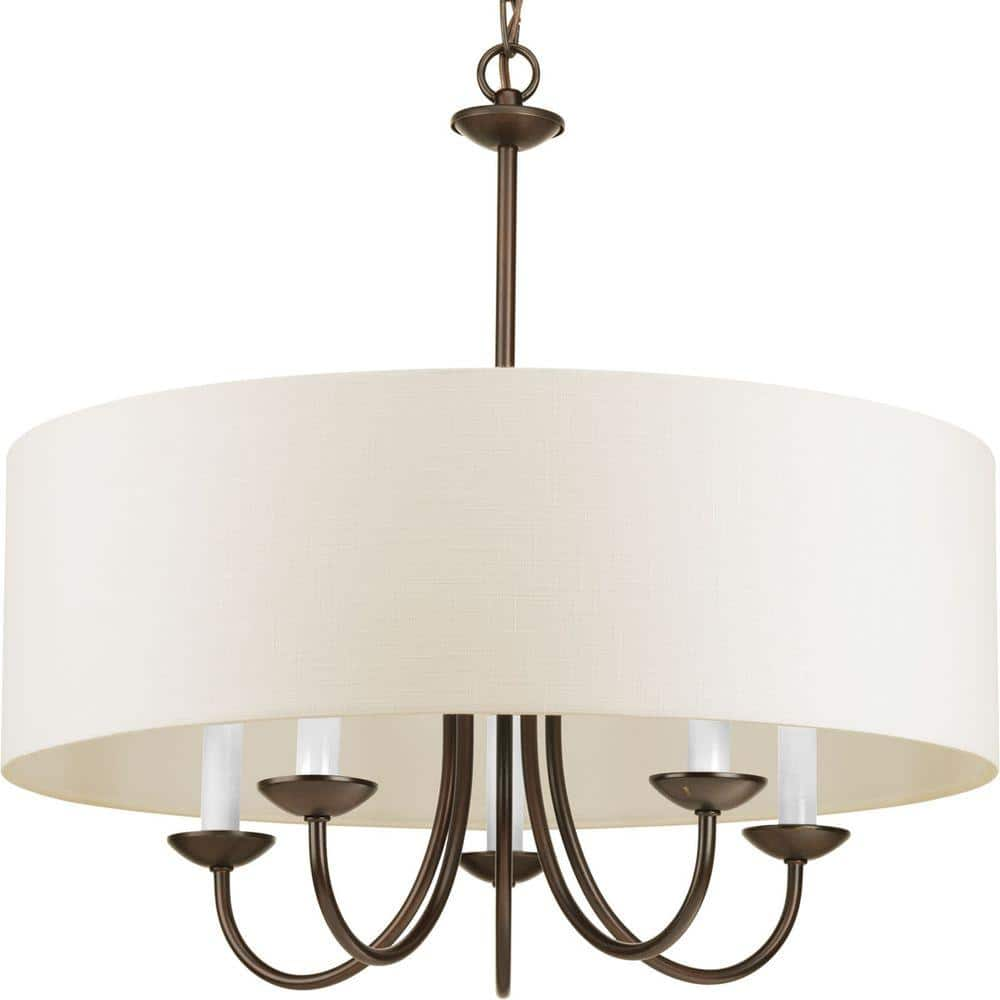
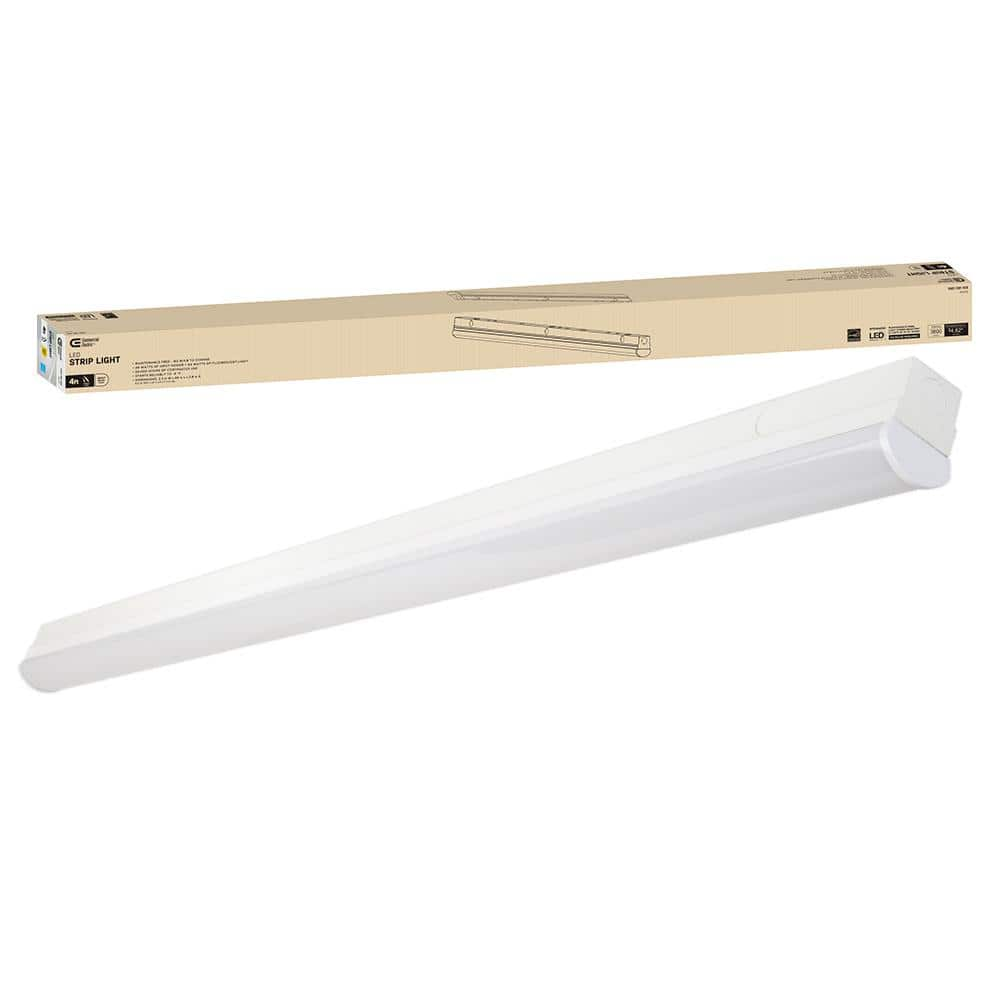
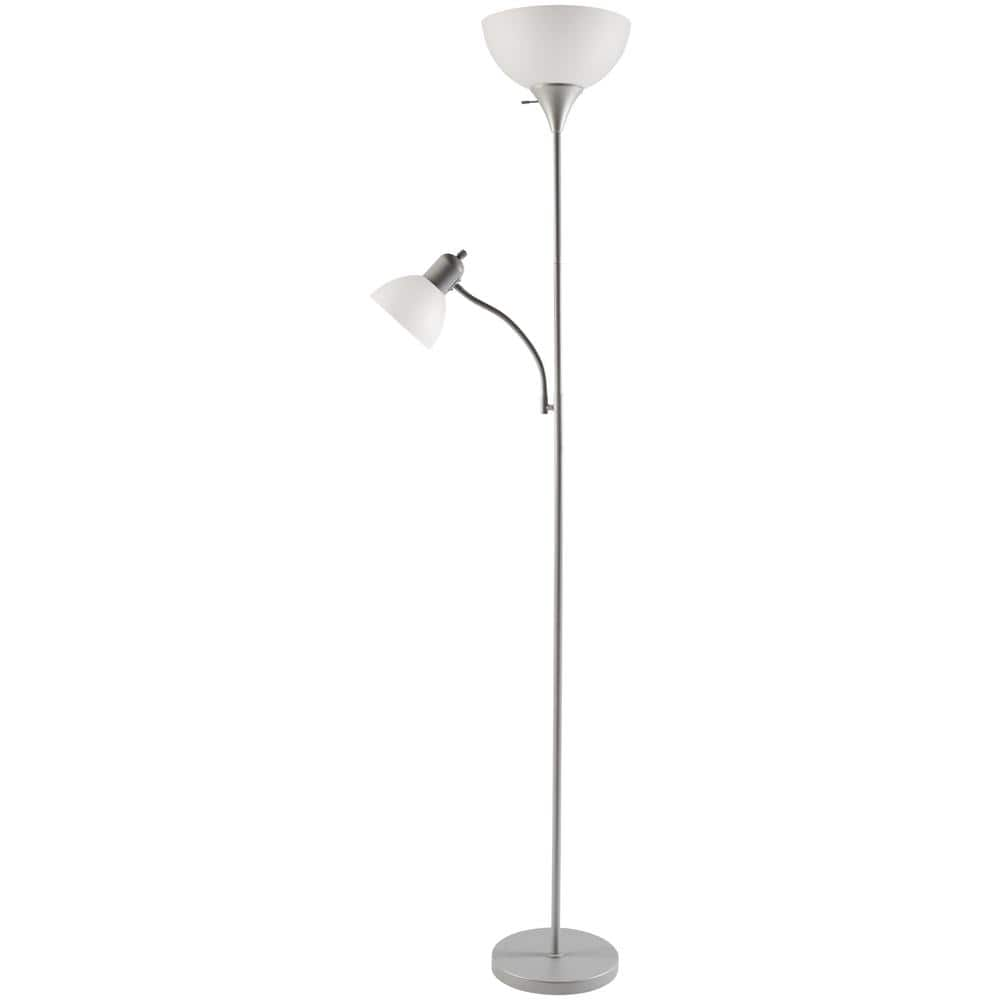
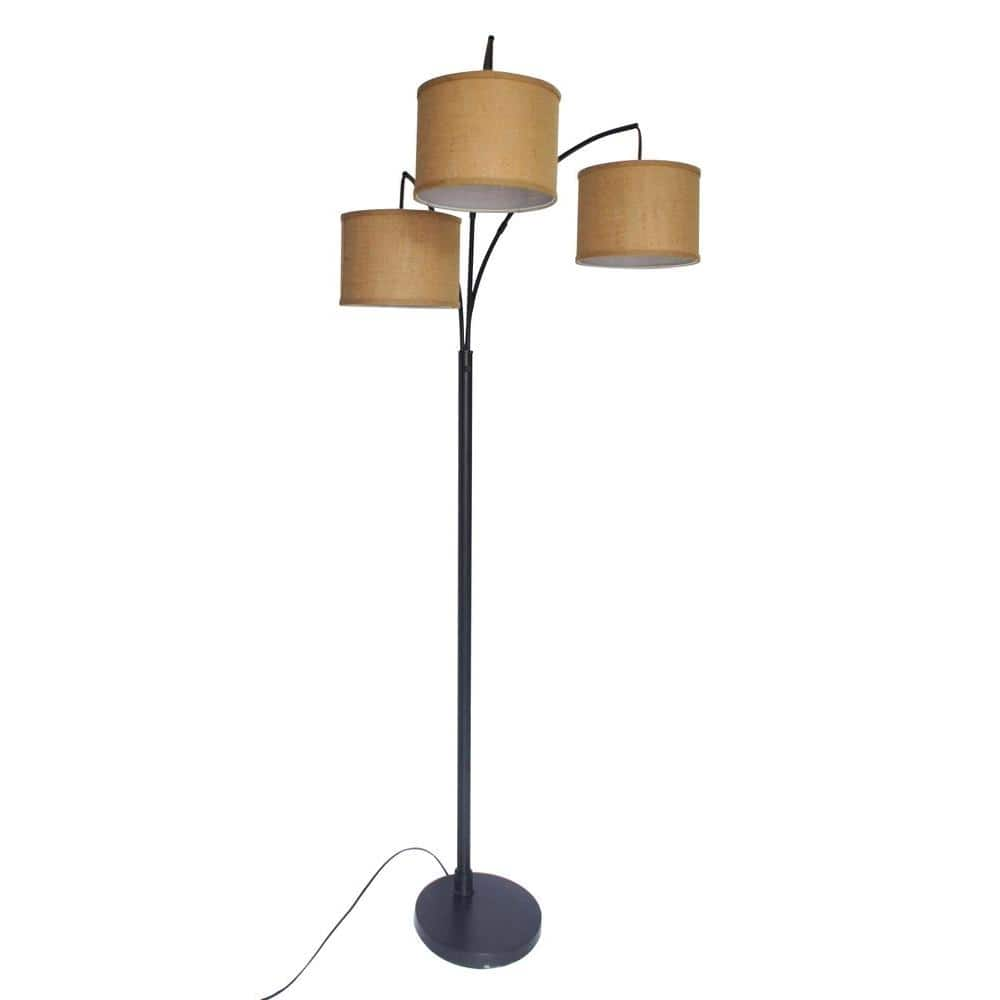
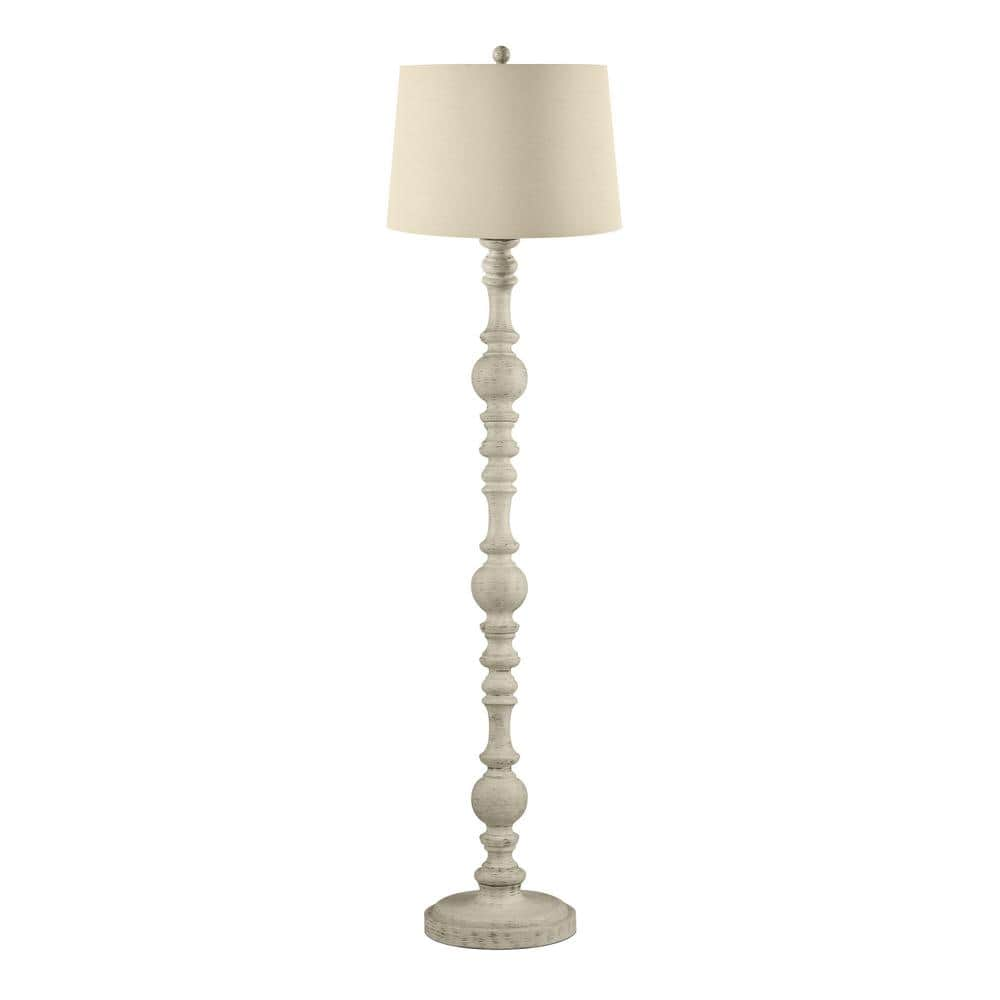
by Leigh
Absolutely love this light! Perfect in my dining room and easy to assemble and install.
by Melissa
This fixture is beautiful in our dining area. We added soft white dimmable LED lights and it’s perfect! Totally changed the feel of the room.
by Linda
The chandelier looks great. I like it!
by Lizzy
This is a nice simple design, only change I made was added a white round plastic on top to reflect maximum lighting onto the table because i am using it in a high ceiling location.
by Theo
Pleased with the light. The shade gives off a nice warm light when lit. Had some trouble hanging it, but that was installer issues and not the fault of the light.
by Elizabeth
Love this shade chandelier! Bought a house and this was a great update and went well with new paint color. It totally changed the look of my dining room. Classy and simple! Added the dimmer switch to change the mood of the room. I also bought additional smaller similar shade light fixtures from Home Depot for kitchen and foyer to tie it all together.
by Mark
Great fixture. Easy assembly & installation.